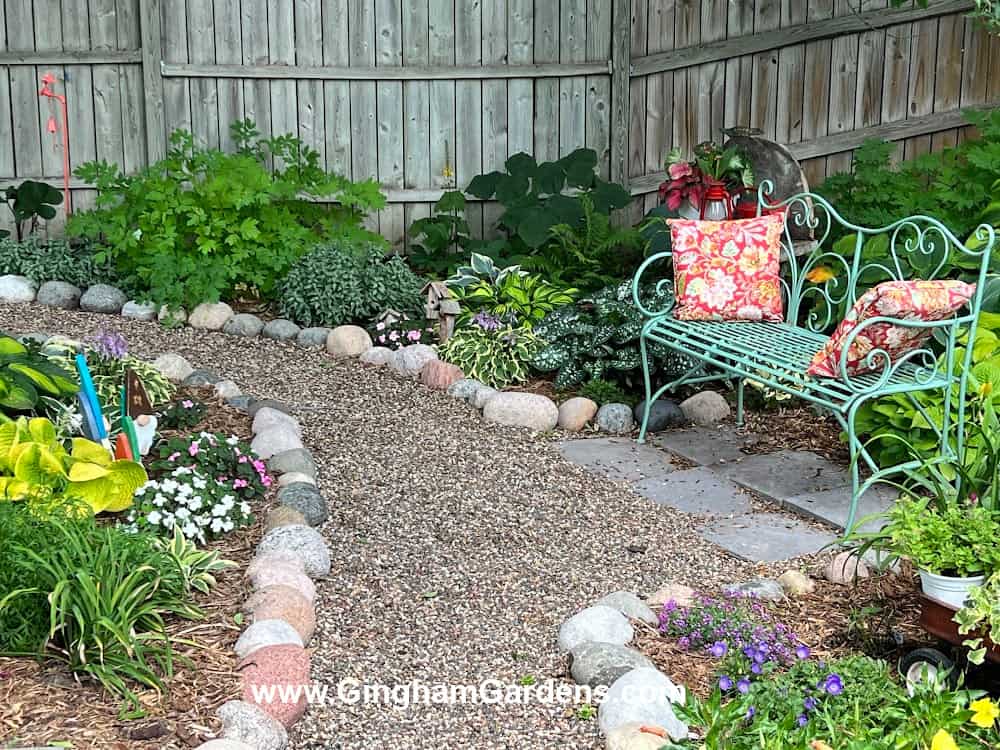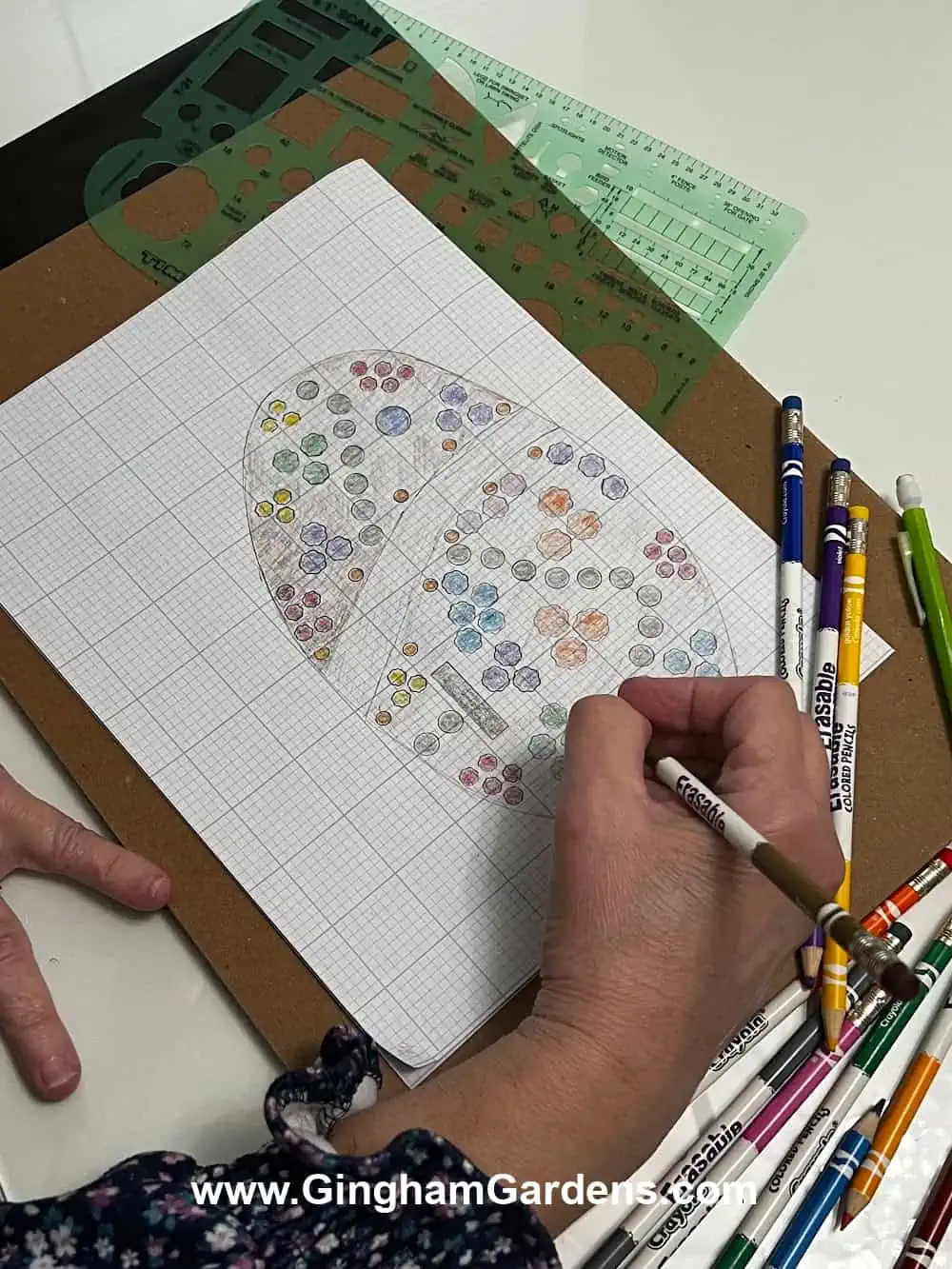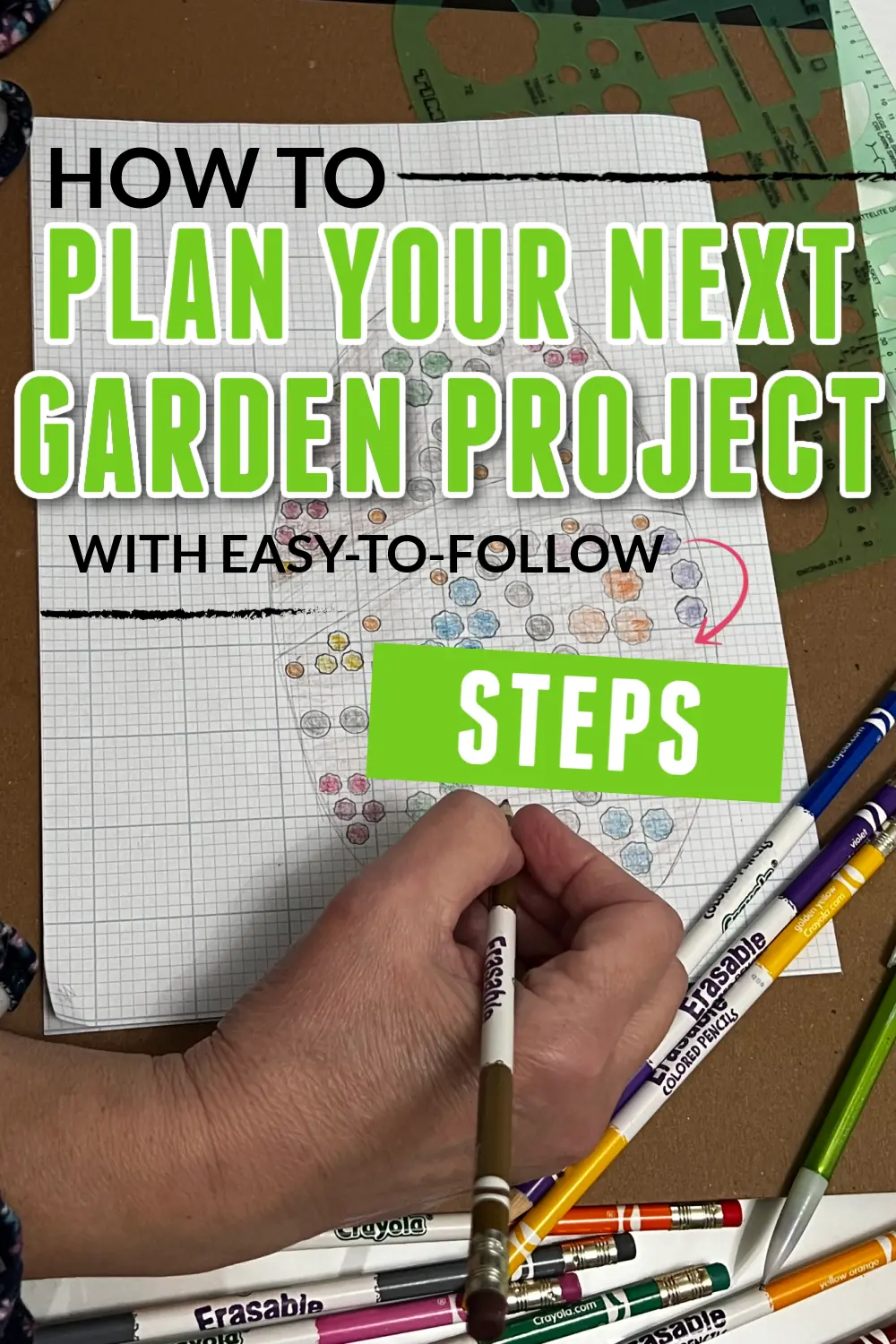How to Plan Your Next Garden Project (An Easy Step-by-Step Guide)
Dreaming about a new garden project can be a satisfying way to pass dreary winter days or any day we can’t be outdoors. In this guide, I lay out the steps to plan your next garden project, to make that dream garden a reality even for the average home gardener.
Like any successful venture, thorough planning is key, and for me, it begins with visualizing the end results. I consider what I want to achieve, whether it’s growing fresh vegetables, creating a stunning flower display, or simply designing an outdoor room for relaxation.
To get started, I assess the space that I’m working with, taking note of things like soil quality, sunlight exposure, and the existing landscape. Understanding these factors helps me decide what plants to choose and where to place them. It’s also important to think about the time you can dedicate to maintenance and any budget constraints that might influence the project’s scope.
This post contains affiliate links. If you click on
one of the links and make a purchase,
I may receive a small commission at no additional cost to you.
See full disclosure here.
Plan Your Next Garden Project – Determine Your Objectives
Before we don our gardening gloves and grab our shovels, we need to set clear goals for our garden project. What do we hope to achieve, and how does the space we’re working with influence these choices?
Understanding Our Garden Space
We need to understand our garden space and ask ourselves the following questions:
- What size garden? A small garden, a large garden, or something in between. If you’re new to gardening, it’s important to start small. Don’t plan a huge garden that you won’t be able to take care of.
- Are we planning a flower garden, a large vegetable garden, a small kitchen garden, or a mix of both?
- What is the particular style or aesthetic you are going for?
- Do we want a raised bed garden or an in-the-ground garden?
- Is the space we have in mind in full sun, part sun or shade?
- Is the space near a water source?
- Do you simply want to create a cozy seating area or a garden room surrounded by container plantings?
Working Within the Guidelines of a Budget
Unless you have unlimited resources, it’s important to make a gardening budget. You don’t want to start a new garden project and then run out of money halfway through it. To help you determine a budget for your garden, this article is a great place to start. If you need some excellent budget-friendly ideas for your new garden space, check out Budget Friendly Gardening Tips.
It is also important to note that you need to come up with a time estimate for your project. How much time will this project take you? If you’re like me, you will likely underestimate the amount of time it will take. At least plan out the hours and days you will be able to dedicate to working on your project.
Plan a Garden – Deciding What to Grow
It’s important to have a plan in place and know the different plants you want to grow before you go to the garden center. Make a wish list of the vegetable plants, flowers, and/or herbs that you want to include in your garden plot.
When I plan a garden project, choosing the right plants and materials is crucial. It all starts with understanding my garden’s specific conditions. Take some time to do your research. We have a lot of resources here at Gingham Gardens to assist you with your research. Here are a few to start with:
The #1 thing to remember is to only plant flowers or vegetables that are appropriate for your garden’s sunlight conditions. You don’t want to go through all the hard work of planning and planting just to have poor results because you tried to grow plants that require full sun in an area that doesn’t get much sun.

Here are some questions to ask yourself when trying to determine what you want to plant:
- What vegetables do we like to eat?
- What herbs do I like to cook with, or do I like to smell?
- What flowers do I like to see?
It’s good to think about the overall sensory experience of your new garden space.
Again, make a list of plants and seeds, including the number of plants you will need, before you go shopping! Be sure to read Plant Shopping 101, even if you are not a beginner gardener.
Plant Selection
First off, take a look at the climate in your area since not all plants thrive everywhere. For example, if you live in a region with a lot of rainfall, opt for moisture-loving plants, whereas, in a dry climate, drought-resistant varieties like succulents are your best bet.
-
Climate compatibility: Sun Exposure (Full sun, Partial shade, Full shade)
-
Soil Type: Texture (Sandy, Loamy, Clay) and pH (Acidic, Neutral, Alkaline)
-
Watering needs: Regular, Moderate, Drought-tolerant
-
Growth habits: Height, Spread (to avoid overcrowding)
-
Bloom time: Early spring, Summer, Fall (for color throughout seasons)

Plan Your Next Garden Project – How to Design a Garden Layout
Unless you are willing to hire a landscape designer, no one can design a garden layout for you. You cannot type in a Google search for garden layout plans, or flower garden plans, or whatever your heart desires and come up with a garden layout or plan specific to the needs of your garden. Yes, you can find all kinds of garden plans and even free garden plans but will they work for your situation? Probably not.
It’s a great idea to search Pinterest or the internet to get garden design ideas but to come up with a good design, you will need to do the work of making your own garden plan. This is the most important thing you can do to ensure the success of your garden project. It can seem like a daunting task, but you’ll be happy you took the time to sketch out your plan.
When I start planning my garden, I focus on two main aspects: efficient use of space and the garden’s functionality. Remember, this initial plan isn’t set in stone; it’s a flexible guide.
Tips for Drawing a Garden Layout
Expert advice: It’s a good idea to get some rough measurements of the garden space you are planning. Estimations are fine, but you won’t get the best results unless you have exact measurements.
- Start by sketching a rough outline of the garden.
- Next draw in garden paths. Not only are paths functional but they also add to the garden’s overall aesthetic. Do you want just a walking path, or do you want a path that will fit a wheelbarrow?
- Now start adding in the plants. When sketching out your plans be sure to leave plenty of room between plants to allow for plant growth. Read plant tags and seed packets.
- If you know you want to add decor elements like a water feature or garden art pieces, go ahead and sketch a placeholder for those items. Likewise, if you want to add a garden bench or a seating area, add it now too.
Don’t get to hung up on this – have fun with it! This rough plan doesn’t have to be to scale or artistically rendered—just a simple outline to help guide you. With a plan taking shape, you’re already one step closer to transforming your outdoor space into the garden you’ve envisioned.
We have an entire post dedicated to flower garden design basics, so I won’t repeat that here. I suggest you check it out when you finish here.
Here are some simple tools that I like to use when sketching out my garden layout:
- Graph paper (this is a larger 11×17″ graph paper).
- Pencil and a big eraser
- Erasable colored pencils
- Landscape template
Garden or Landscape Design Software or Apps
There are many different landscape and garden design software and apps available. I have iScape on my phone and I messed around with it a little bit. You can take a picture of the area you want to design and use that to make your design. To learn it completely, I will need to invest some time into it and I’m not sure I’m willing to do that because my colored pencils and graph paper work just fine. Plus, I like to color.
There are many other garden and landscape design plans available too and if you are tech saavy or have the time to figure them out, please go for it.
I recently downloaded a landscape design program to my computer. It does cost a one-time fee of around $40 US, or you can download a free trial for 15 days. It actually looks promising. It’s simply called Garden Planner. Check it out if this sounds interesting to you.
I also use PicMonkey (or Canva) to create garden diagrams. It’s a little bit more difficult to get your plan to scale in these programs, but they can give you an overall idea.
Choosing Garden Beds – In-ground or Raised
I like to start by deciding the shape and size of the garden beds. For efficient use of space, raised beds are ideal because they can be filled with soil optimized for plant health. Here’s my go-to layout:
-
The straight lines of a rectangle or square bed work best for vegetable gardens or cut flower beds. They also work well for square foot gardening.
-
Gardens with angles and curves work best for flower gardens and landscape beds.
When planning, spacing is crucial. I like to plan for enough room between beds for easy access for my wheelbarrow or garden cart. For plant spacing needs, refer to guidelines on seed packets and plant tags.
If you’re starting your new garden project as a new garden space, be sure to check out the best ways to turn lawn into garden in this post.
Planning Your Garden Project – Next Steps
Now that you have your plan in place you’re off to a great start on your next garden project! It’s time to dig in and plant the garden of your dreams. Realistically, it may not be the garden of your dreams especially if this is your first garden, but it will be a functional, beautiful garden because you took the time to plan.
I shared many of the wonderful resources we have here on Gingham Gardens throughout this guide. Take some time to scroll back through and read some of those resources.
Are you planning your next garden project? Tell us about it in the comments section below. We’d love to hear about it.
Happy Gardening,
Joanna
More Great Things on Gingham Gardens
Sign up to receive our weekly newsletters full of gardening tips. You’ll also get access to our Gardening Resources Library and all our helpful gardening printables.
More places to find Gingham Gardens:
- Visit Gingham Gardens on Pinterest.
- If you’re on Facebook, Gingham Gardens is also on Facebook.
- Stop by Gingham Gardens’ Amazon store!
- Love Etsy? Come see us on Etsy too.
Save a pin to your gardening board on Pinterest, so you can remember this post later:







